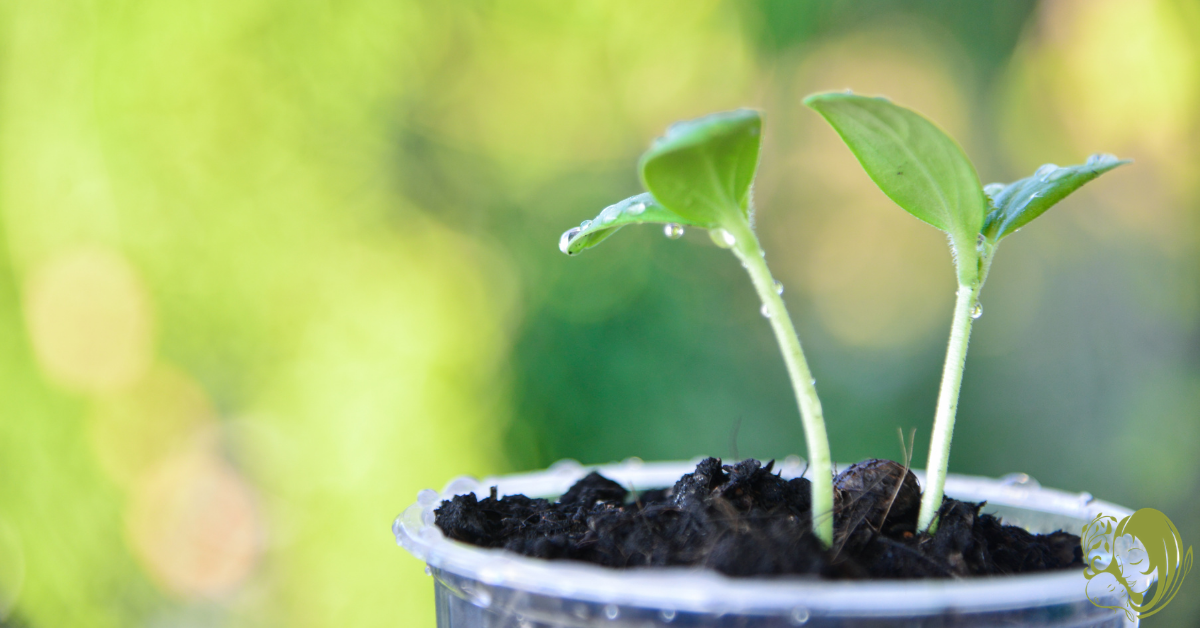We know how important STEM activities are for our children, but have you noticed how many of them are centered around the computer, or a screen of some type? There’s no harm in this for limited periods of time, but if you’re trying to get your kids away from the screens, you need activities that steer them away from this.

What is STEM?
If you’ve never head the term “STEM,” then it probably sounds pretty foreign to you. Basically, STEM is an approach to study that includes Science, Technology, Engineering, and Math. STEM activities use these subjects together to help solve real-world problems. Depending on the age of your child, there are different types of activities that can be explored using STEM.
Many of the ones you hear about today involve a computer, tablet, or other screen device. While these can be nice, we also know that too much time on a screen is not good for your child, so we’re going to look at some you can do with screens.
9 Screen-Free STEM Activities You Can Do at Home
Here are some screen-free STEM activities you can do at home.
Scientific Nature Walk
This one also gets you to exercise, so it’s a win-win. You can pick any spot near you to walk. If you live in the city, consider going to a park where there will be more nature to explore. Bring a magnifying glass, some digging tools, a bug catcher, and some plastic containers for collecting specimens. You should also bring a camera if you can (cell phones with cameras will work if they’re not using the screen for anything else).
Mystery Jar
Place several different items in different clear jars (we like Mason jars) and then have the children guess how many items are in the jar. For this one, we put 1 item in the first jar, around 10-15 items in the second jar (depending on their size), and an unknown amount of items in the third jar. This third jar is your “mystery jar” and children will need to use their reasoning skills to make guesses about how many items are in there. After guessing, count them out together.
Will It Float?
This is good for younger kids. Fill containers of water and then try dropping different water-safe options in after guessing whether they will float or sink.
Rainbow In A Jar
You’ll only need a few supplies and ingredients to do this eye-appealing experiment. Follow the link for instructions on how to do this one. It’s so much fun!

Ice Magnifying Glass
Your kids will need a little help with this one but they can do most of it themselves. You might want to make more than one in case it starts to melt while they are experimenting with it. Have them try looking at different objects and items, such as the details in a leaf, with their new magnifying glass.
Carboard Structures
This is an easy and fun one when you have old cardboard boxes lying around. What you build can be decided by the child’s age and abilities. Older children can build models of historical places or World Wonders. Younger children can try building common objects or houses and cars.
Static Electricity Experiment
Static electricity is everywhere and with a few household items, your kids can turn into little scientists. All you need are a few balloons and some things that can cling to (or not) once the balloon is blown up and “activated” (rubbed on a shirt or towel). A few things to try sticking to it are salt, pepper, and torn pieces of paper.
Giant Sand Volcano
You don’t need the beach for this experiment. A sandbox will work just perfectly. Your kids will have a blast turning a sand built volcano into a spewing lava show. Add different colored drops of food coloring to create a rainbow volcano.
Seed Sprouting Science Experiment
This is a classic experiment that is lots of fun to do and will help your child learn about plant life. They’ll also learn about conducting a long-term experiment because this one will take time (and patience). Consider using a clear glass container and planting the seed toward the side so they can monitor it’s growth.
Final Thoughts
With these ideas, you’ll be ready to start planning some screen-free educational time with your children. If your children are old enough, they can do many of these on their own, with you nearby to supervise, or help if needed. Younger children may need a little more help from you and this can be something you can do together. Yay to more family time and building valuable memories!

Free Guide For the Natural Living Mom

Want to know how to use essential oils and herbs in your home? In this guide, I share my top 10 favorites.
Plus get our latest content and news, including giveaways and freebies for the natural living and homeschooling mom.

Leave a Reply